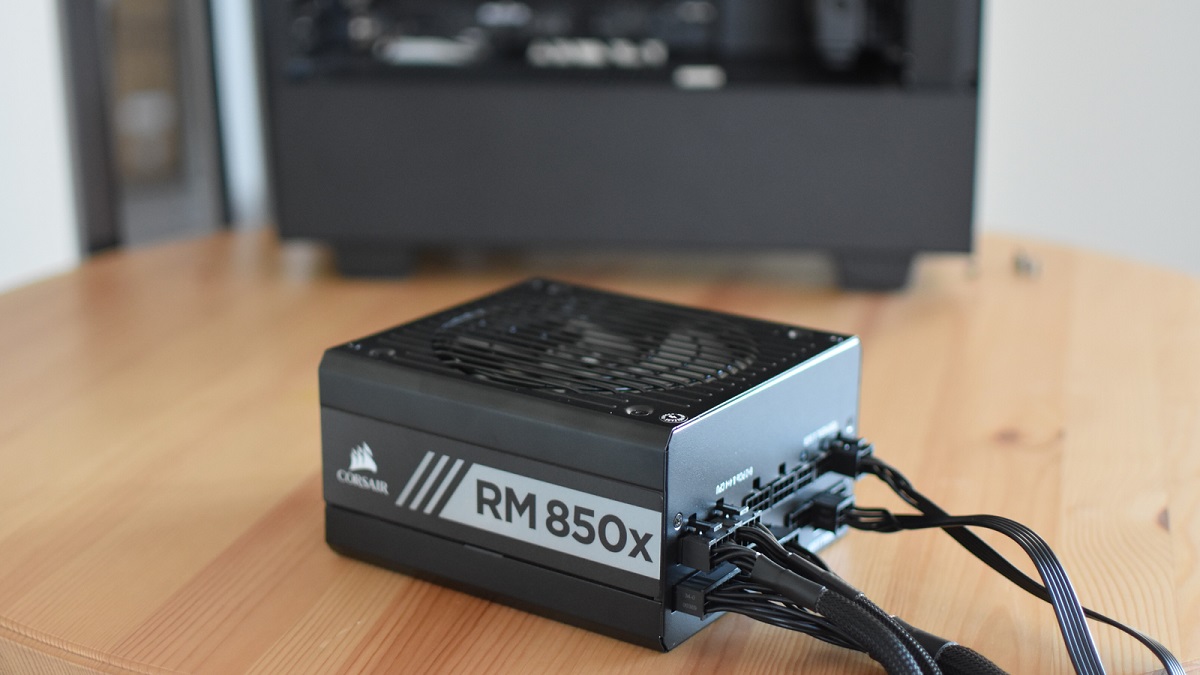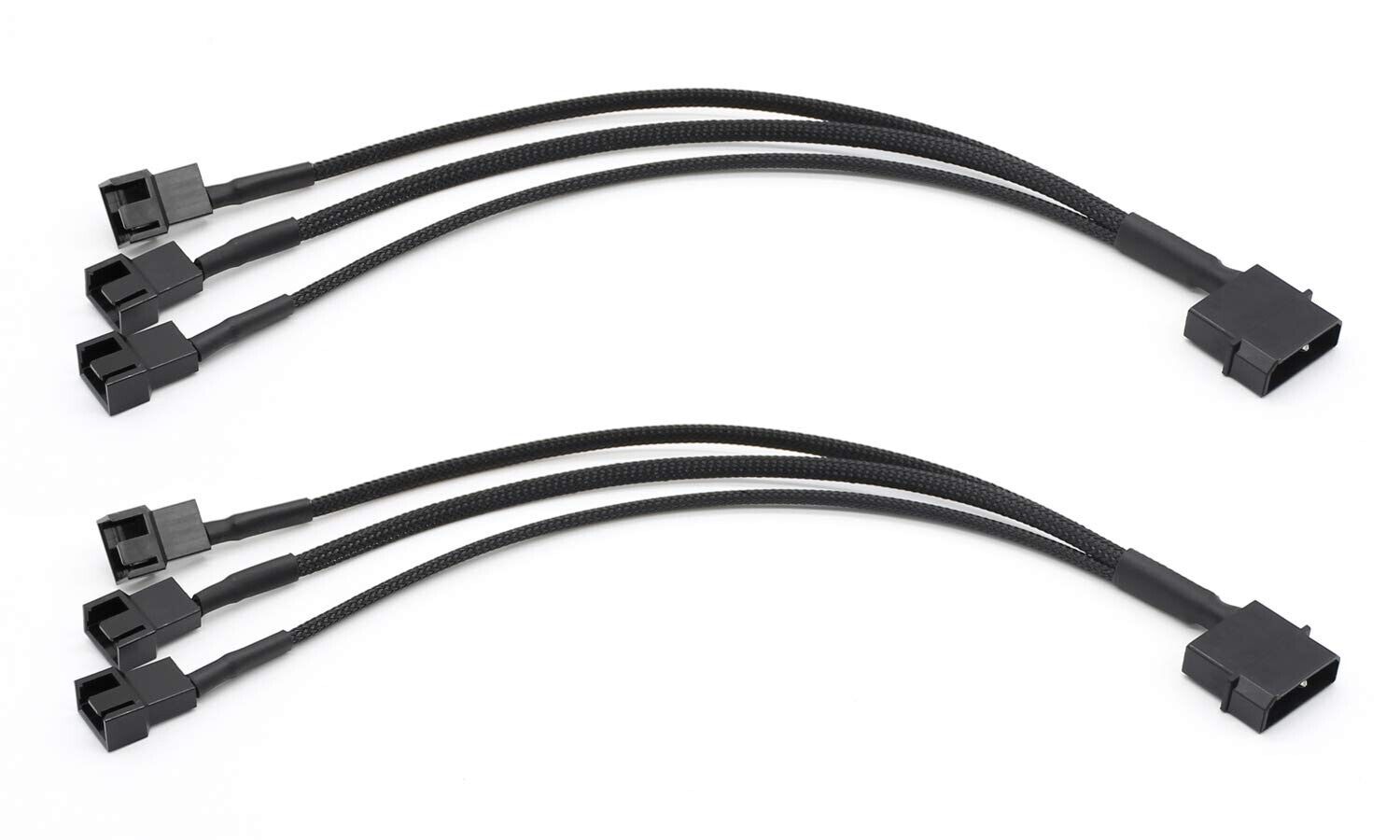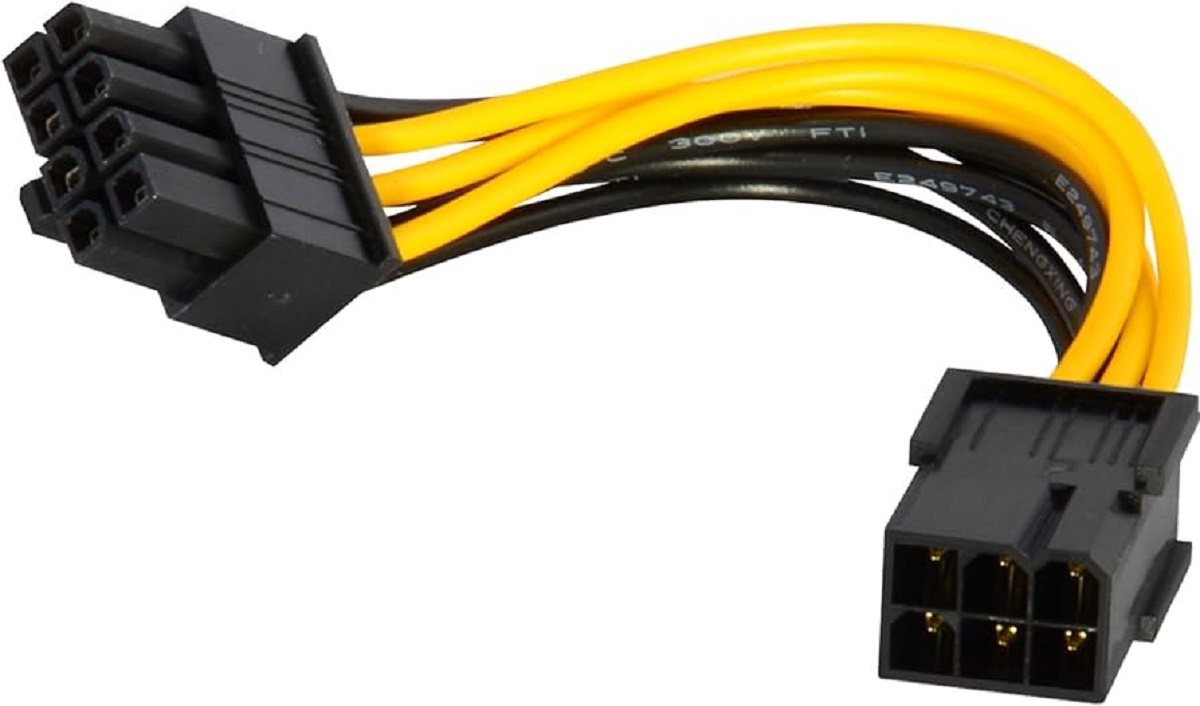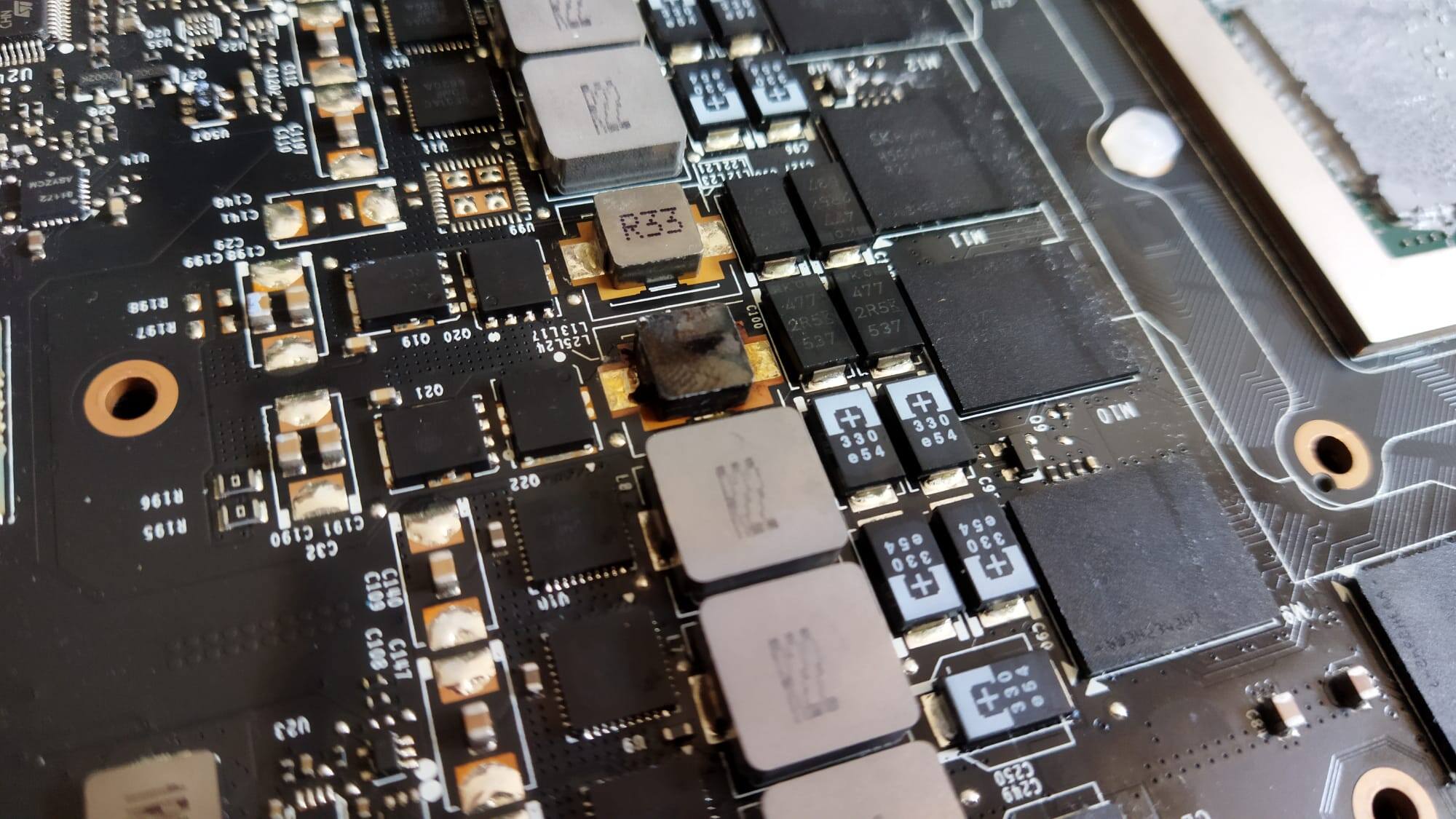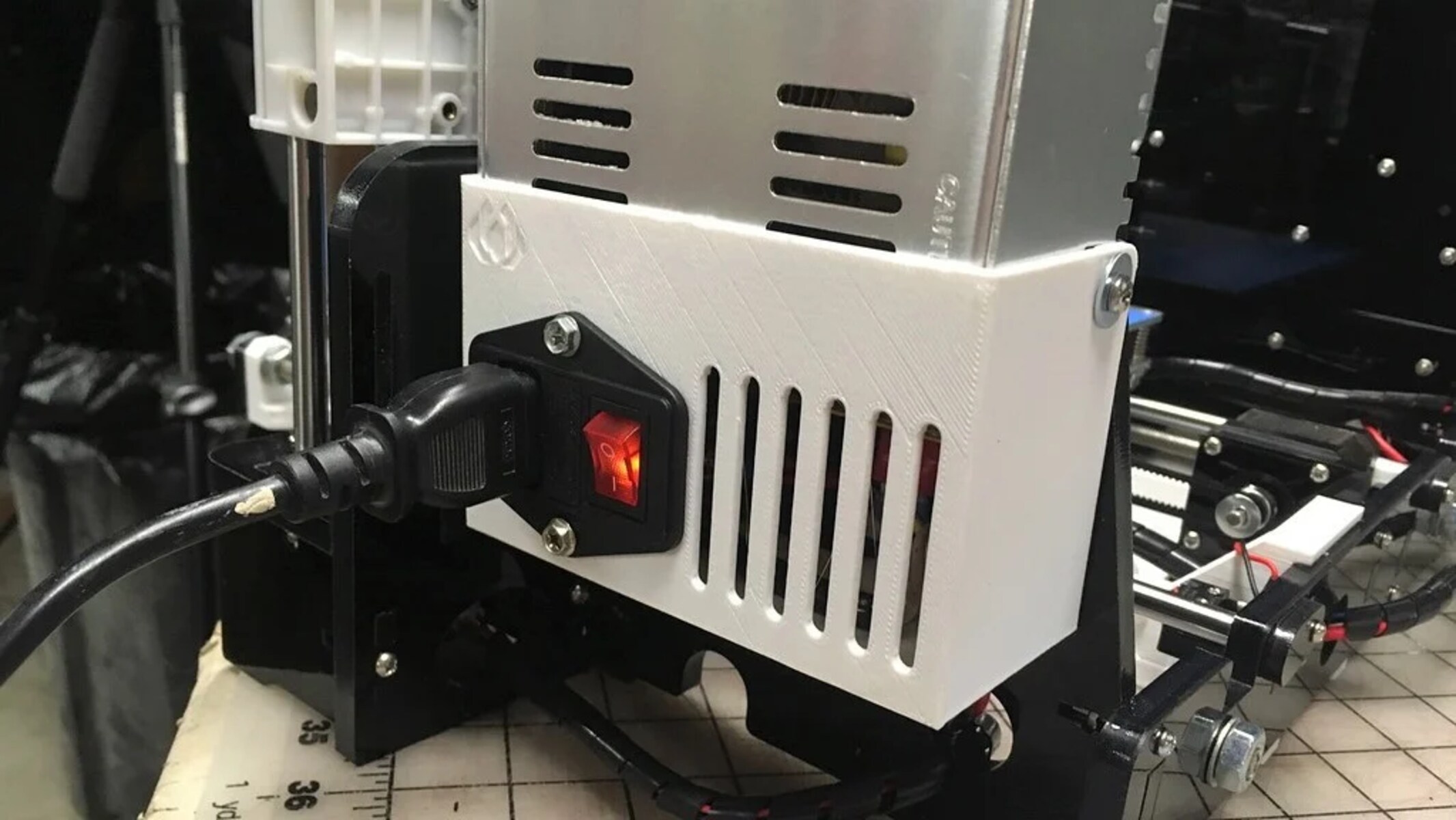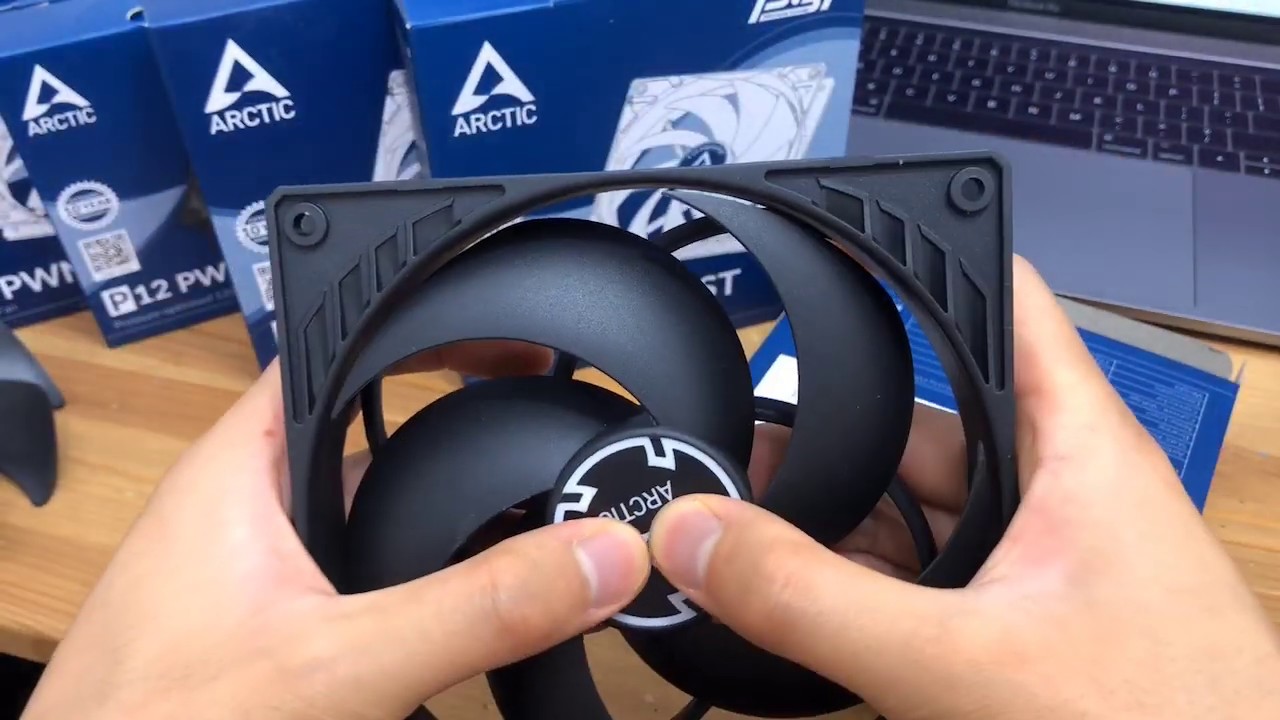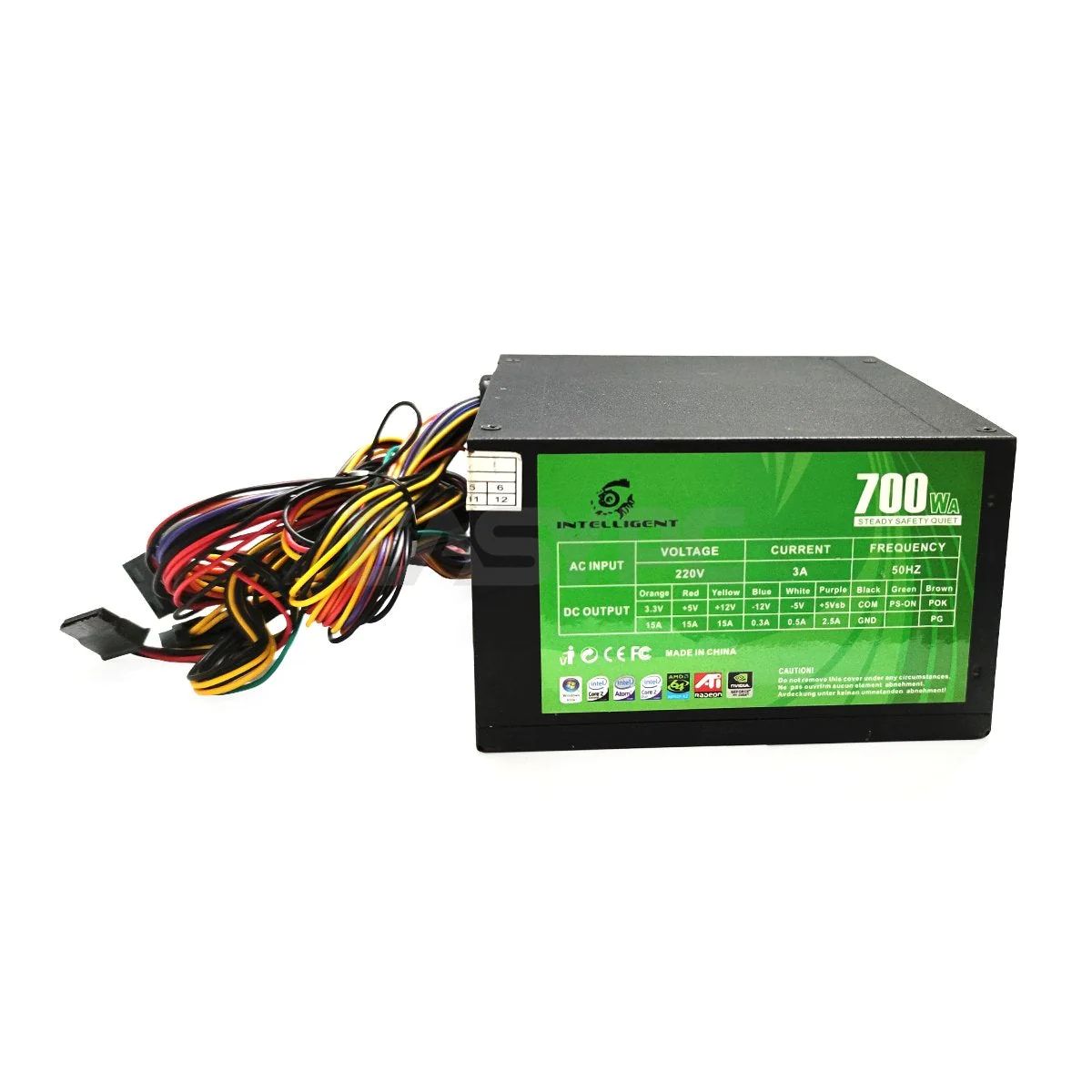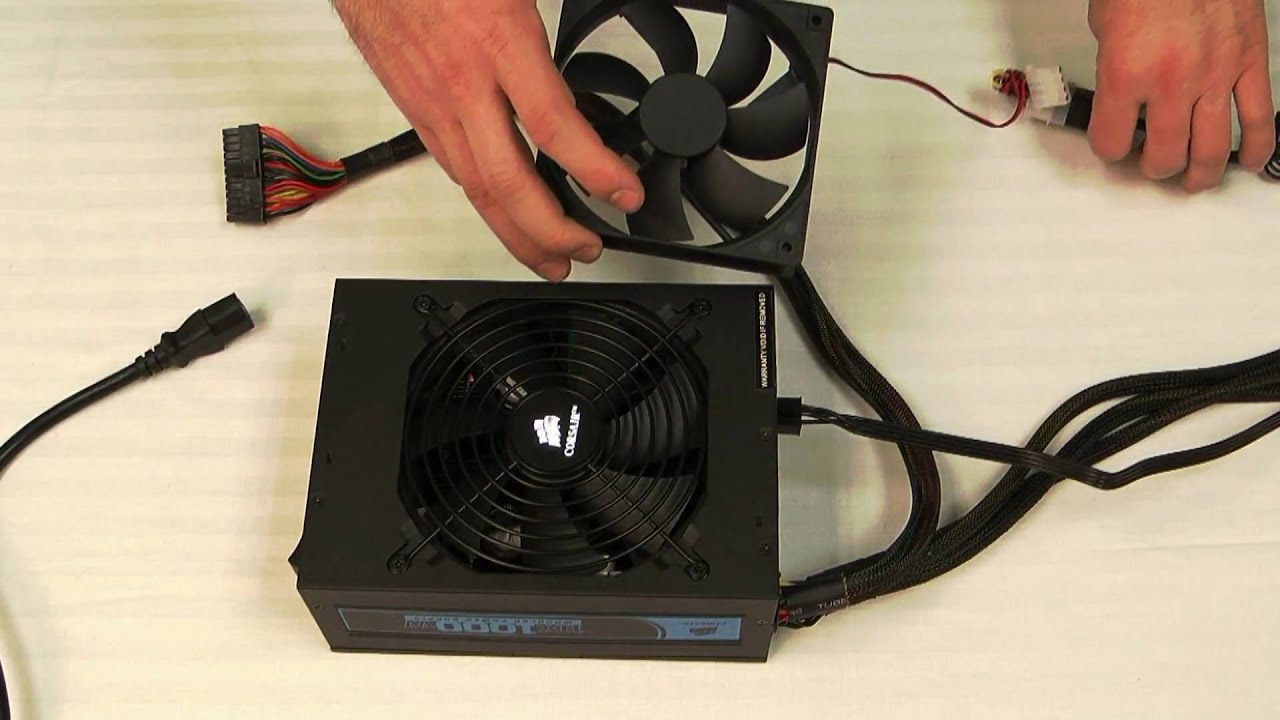Introduction
When it comes to building or upgrading a computer, one crucial component that often gets overlooked is the power supply unit (PSU). However, ensuring that the PSU will fit properly in your system is essential for its proper functioning and longevity. Installing an incompatible PSU can lead to a host of problems, including overheating, performance issues, and even hardware damage.
In this guide, we will walk you through the key factors to consider when determining whether a PSU will fit within your computer case. By following these steps, you’ll be able to make an informed decision and avoid any compatibility issues. So, let’s dive in!
Assessing the compatibility of a PSU involves evaluating several different criteria, including the PSU’s form factor, dimensions, power rating, and connection type. Additionally, you need to consider the size of your computer case and its mounting hole configuration. By taking all these aspects into account, you can ensure a snug fit and efficient power delivery to your components.
It’s important to note that this guide assumes a standard ATX power supply form factor and is relevant for most desktop computer builds. However, if you’re working with a compact or specialized case, you may need to consult the manufacturer’s specifications or seek expert advice.
In the following sections, we will delve into each criterion in detail, providing step-by-step guidance on how to correctly assess whether a PSU will fit your system. By following these instructions, you’ll be well-equipped to make an informed decision when choosing a power supply unit for your computer.
Assessing the Form Factor
The first step in determining if a PSU will fit your system is to assess its form factor. The form factor refers to the physical shape and size of the PSU, which can vary depending on the type of computer case you have and the motherboard’s compatibility.
The most common form factor for power supplies is the ATX (Advanced Technology eXtended) standard. ATX power supplies are widely used and come in various wattages and sizes to accommodate different system requirements.
To determine if a PSU’s form factor is compatible with your system, you need to identify the type of form factor your case supports. ATX, microATX, and mini-ITX are the most common form factors, with ATX being the standard for most desktop computer builds. However, there are also smaller form factors designed for compact cases.
To identify the form factor of your motherboard, you can refer to the documentation that came with it or visit the manufacturer’s website. It typically specifies the form factor supported by the motherboard, allowing you to choose a compatible power supply.
Once you know the form factor supported by your motherboard and case, you can select a PSU that matches it. ATX power supplies are usually compatible with ATX, microATX, and mini-ITX cases, but it is essential to double-check the specifications to ensure a proper fit. MicroATX and mini-ITX cases may have specific size limitations that require specialized power supplies.
It is worth noting that some power supplies may offer multiple form factors in a single unit by including additional modular cables or an adjustable frame. This flexibility can be advantageous when building a system with various form factor case options.
By assessing the form factor compatibility, you can narrow down your options and choose a PSU that will fit seamlessly into your system. The next step is to evaluate the wattage and power ratings of the power supply, which we will discuss in the following section.
Checking the Wattage and Power Ratings
Once you have determined the form factor compatibility, the next step in assessing whether a PSU will fit your system is to check the wattage and power ratings. The wattage rating indicates the maximum amount of power that the PSU can deliver to your components, while the power ratings specify the voltage and current outputs for various connections.
To determine the suitable wattage for your system, it is important to consider the power requirements of your components. This includes the CPU, GPU, hard drives, SSDs, and any other peripherals you intend to connect. Adding up the power requirements of each component will give you a rough estimate of the wattage you should consider.
It is recommended to choose a power supply with slightly higher wattage than the estimated requirement to allow for future upgrades and to ensure efficient power delivery. However, going significantly over the required wattage can result in wasted energy and decreased efficiency.
Power supply units typically have different power ratings for various connections, such as the motherboard (ATX), CPU (EPS), and graphics card (PCIe). Ensure that the PSU you choose provides the necessary connectors and power ratings to support your components. Graphics cards, in particular, may have specific power requirements, and some high-end cards may require additional power connectors.
Additionally, verify that the PSU provides sufficient amps on the +12V rail(s), as this is critical for supplying power to the CPU and graphics card. Modern systems often require a dedicated +12V rail to handle the higher power demands of high-performance components.
It is worth mentioning that power supply efficiency is also an important consideration. Look for PSUs with higher efficiency ratings, such as 80 Plus Bronze, Silver, Gold, or Platinum. These ratings indicate how efficiently the PSU converts AC power from the wall outlet into DC power for your components. Higher efficiency means less wasted energy and lower operating costs in the long run.
By checking the wattage and power ratings, you can ensure that the PSU you select can adequately power your system and provide the necessary connections for your components. In the next section, we will discuss how to measure the PSU dimensions to ensure a proper fit within your computer case.
Measuring the PSU Dimensions
Another critical aspect to consider when determining whether a PSU will fit your system is to measure its physical dimensions. The size of the power supply is crucial to ensure that it will fit properly within your computer case without any clearance issues.
To measure the PSU dimensions, you need to consider its length, width, and height. These measurements will help determine if the PSU will fit in the designated PSU mounting area of your case.
Start by checking the dimensions of the PSU mounting area in your computer case. Most cases specify the maximum PSU length that can be accommodated. Measure the available space along the PSU mounting area, ensuring that it is sufficient to house the PSU without any obstructions.
Next, compare the measured PSU length with the available space in your case. It is essential to leave some clearance between the PSU and other components or cables to avoid any potential interference.
In addition to the length, consider the width and height of the PSU. Ensure that the PSU matches the dimensions specified by your case, taking into account any restrictions due to the form factor of your motherboard or any other components located nearby.
Some cases may also have specific features or designs that limit the size of the PSU, such as a separate PSU shroud or a restricted space in compact cases. Be sure to account for these factors when measuring the PSU dimensions.
It is worth noting that power supply units come in various sizes, including standard ATX, SFX (Small Form Factor), and TFX (Thin Form Factor). Ensure that you choose a PSU with the appropriate size to match your case’s requirements and available space.
By accurately measuring the PSU dimensions and comparing them against the available space in your computer case, you can ensure a proper fit and avoid any compatibility issues. Next, we will discuss how to verify the compatibility of the PSU with the ATX standard.
Verifying ATX Standard Compatibility
When assessing whether a PSU will fit your system, it is essential to verify its compatibility with the ATX (Advanced Technology eXtended) standard. The ATX standard is widely used for power supply units and ensures compatibility with most modern computer cases and motherboards.
To confirm ATX compatibility, you should check if the PSU complies with the ATX specification set by Intel. The ATX specification defines the physical dimensions, power connectors, and other requirements for a power supply to be considered ATX-compliant.
One way to verify ATX compatibility is to check if the PSU has the necessary ATX power connectors. The main power connector, known as the 24-pin ATX connector, supplies power to the motherboard. Additionally, check if the PSU provides the required CPU power connector, typically an 8-pin (4+4) EPS or a 4-pin ATX12V connector.
ATX power supplies may also have additional power connectors, such as PCIe connectors for graphics cards and SATA connectors for drives. Verify that the PSU has the appropriate connectors for your specific system requirements.
Another aspect to consider is the ATX form factor and mounting hole configuration. ATX power supplies are designed to fit standard ATX cases with corresponding mounting holes. Measure the distance between the mounting holes in your case to ensure compatibility with the PSU you choose.
It is worth noting that some power supplies may exceed the standard ATX dimensions and have extended sizes. While these PSUs can offer additional features or higher power capacities, they may not fit in all ATX cases. Ensure that your case can accommodate an extended ATX (EATX) PSU before making a selection.
Verifying ATX standard compatibility is crucial to ensure that the PSU you choose will seamlessly integrate with your system. By checking for the necessary ATX power connectors and confirming the form factor compatibility, you can make an informed decision and avoid any complications during installation.
Next, we will discuss the importance of considering the PSU connection type when checking for compatibility with your system.
Considering the PSU Connection Type
When determining if a PSU will fit your system, it is vital to consider the PSU connection type and ensure compatibility with your components and peripherals.
Power supply units come with various connection types to supply power to different components. The most common connection types include SATA power connectors for drives, PCIe connectors for graphics cards, and peripheral connectors for devices such as fans, RGB lighting, and other accessories.
Check your system’s requirements to determine the number and type of connections needed. Ensure that the PSU you choose provides an adequate number of connectors and the correct connector types to support all your components.
When it comes to PCIe connectors, it is essential to check if the PSU offers enough connectors and the required number of pins. Graphics cards often require specific configurations, such as 6-pin, 8-pin, or 8+6 pin connectors. Make sure the PSU can supply the necessary power to your graphics card without any compatibility issues.
For SATA power connectors, consider the number and type of drives you plan to connect. Ensure that the PSU has enough SATA power connectors to accommodate all your storage devices, such as SSDs and HDDs.
Additionally, some power supplies may offer modular cabling options, allowing you to connect only the necessary cables and reduce cable clutter inside your case. Modular PSUs provide flexibility in cable management and can be beneficial, especially in compact cases with limited space.
Verify the availability and arrangement of the modular cables to ensure compatibility with your specific system requirements. Also, consider the length of the cables, as they need to reach the components without any strain or tension.
By considering the PSU connection type and checking for the appropriate connectors, you can ensure that your power supply will provide the necessary power to all your components and peripherals. This compatibility is crucial to maintain optimal performance and stability in your system.
Next, we will discuss the importance of factoring in the size of your computer case when determining PSU compatibility.
Factoring in the Size of the Case
When assessing whether a PSU will fit your system, it is crucial to consider the size of your computer case. The case size will determine the maximum dimensions and form factors that the PSU can accommodate.
Start by identifying the specific dimensions of your computer case. Measure the available space for the PSU in terms of length, width, and height. This will help ensure that the PSU will fit properly within the designated PSU mounting area.
Consider the form factor of your case, whether it is ATX, microATX, mini-ITX, or a specialized form factor. Different form factors have specific PSU compatibility requirements, so make sure the PSU you choose matches the form factor of your case.
It is crucial to leave adequate clearance between the PSU and other components or cables within the case. Ensure that there is enough space for proper airflow and cable management to prevent any potential interference or heating issues.
Compact and specialized cases may have size restrictions that limit the available PSU options. Ensure that the chosen PSU fits within the case’s specified maximum length, width, and height, taking into account any additional space required for cable routing and management.
Consider any specialized features or design elements of your case that may impact PSU compatibility. It could include a separate PSU shroud, specific mounting points, or restrictions due to the case’s layout or arrangement.
By factoring in the size of your computer case, you can ensure that the PSU you choose will fit comfortably and securely, allowing for optimal performance and proper airflow within your system. This consideration is crucial to avoid any potential conflicts or limitations during the installation process.
Next, we will discuss the importance of examining the PSU mounting holes when assessing compatibility.
Examining the PSU Mounting Holes
When determining if a PSU will fit your system, it is important to examine the PSU mounting holes in your computer case. The PSU mounting holes ensure secure attachment and proper alignment of the power supply within the case.
Start by identifying the location and arrangement of the PSU mounting holes in your case. They are usually located at the bottom of the case, near the rear panel. Measure the distance between the mounting holes to ensure compatibility with the PSU you choose.
Confirm that the PSU you select has the appropriate mounting hole configuration that matches your case. ATX cases typically have standard mounting hole patterns that are compatible with most ATX power supplies. However, it is still essential to double-check and verify the hole placement.
Ensure that the mounting holes on the PSU align with the holes on the case, allowing for proper attachment and alignment. Securely mounting the PSU is crucial for stability and proper power delivery to your components.
It is worth noting that some power supplies may have additional mounting hole options or adjustable brackets that allow for compatibility with various case configurations. This flexibility can be useful if you are working with a case that has non-standard mounting hole placements.
Always refer to the documentation or specifications provided by both your case and PSU manufacturer to ensure proper alignment and attachment. This will help avoid any potential issues or misalignments that could lead to instability or damage to your components.
By examining the PSU mounting holes and ensuring compatibility, you can properly secure the power supply within your case, ensuring stability and efficient power delivery. In the next section, we will discuss the importance of confirming any additional clearance requirements.
Confirming Additional Clearance Requirements
When assessing whether a PSU will fit your system, it is important to consider any additional clearance requirements. These requirements include factors such as cable clearance, airflow clearance, and clearance for GPU or CPU coolers.
Firstly, consider the clearance required for the PSU cables. Ensure that there is enough space to route and manage the cables without strain or tension. Adequate cable clearance is crucial for proper cable management, airflow, and overall system aesthetics.
Verify that there is sufficient clearance for proper airflow within the case. Good airflow is essential for cooling components and maintaining system stability. Make sure the PSU does not obstruct the intake or exhaust fans or impede the natural airflow path within the case.
Check if there is enough clearance for your GPU or CPU cooler. Some high-end graphics cards or CPU coolers may have large sizes or unique designs that require specific clearance in the case. Ensure that the PSU does not interfere with the installation or operation of these components.
It is also important to consider any extra clearance needed for future upgrades or additional components you may want to add to your system. Leaving room for expansion prevents the need to replace the PSU in the future if you decide to upgrade your system.
Review the specifications and guidelines provided by both your case and PSU manufacturer to ensure compliance with any additional clearance requirements. These requirements can vary depending on the specific components and case design.
Clearance is essential for optimal system performance, heat management, and the overall functionality of your components. By confirming additional clearance requirements, you can prevent any potential conflicts or limitations, ensuring a smooth and trouble-free installation process.
With all these considerations in mind, you will be well-equipped to assess whether a PSU will fit your system properly and avoid any compatibility issues. Now, let’s summarize the key points we discussed in this guide.
Conclusion
Ensuring that a PSU will fit your system is a crucial step in building or upgrading a computer. By carefully assessing the form factor, wattage and power ratings, dimensions, ATX standard compatibility, connection type, case size, PSU mounting holes, and additional clearance requirements, you can avoid compatibility issues and ensure a seamless integration of the power supply into your system.
Start by determining the form factor compatibility between your case and the PSU. Verify that they support the same form factor, whether it’s ATX, microATX, or mini-ITX. Consider the dimensions of the PSU, including length, width, and height, and compare them to the available space in your case.
Check the wattage and power ratings of the PSU to ensure it meets the power requirements of your components. Consider the necessary connectors for your system, such as SATA power connectors for drives and PCIe connectors for graphics cards.
Confirm if the PSU complies with the ATX standard and check for the appropriate ATX power connectors. Examine the PSU mounting holes and ensure they align with the holes in your case to securely attach the power supply.
Factor in the size of your computer case to ensure the PSU fits properly and leaves adequate clearance for airflow and cable management. Also, consider any additional clearance requirements for cables, airflow, and components such as GPU or CPU coolers.
By carefully evaluating these factors, you can choose a PSU that fits your system perfectly, providing efficient and reliable power to your components. Always refer to the documentation and specifications provided by your case and PSU manufacturer to ensure proper compatibility.
Building or upgrading a computer can be an exciting process, and selecting the right PSU is a crucial step in ensuring stable and reliable power delivery. With the guidance provided in this guide, you can confidently choose a PSU that fits your system and supports your computing needs.







